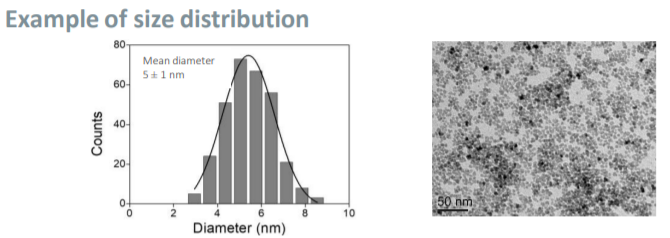Enhanced TDS
Knowde-enriched technical product data sheet
Identification & Functionality
- Chemical Family
- CASE Ingredients Functions
- Industrial Additives Functions
- Technologies
- Product Families
- Type of Functionalization
Depends on dispersion medium and application requirements
- Dispersion solid content
Up to 70% depending on morphology and dispersion medium
- Dispersion medium
Water, alcohol, polyol, acetone, MEK, selected organic solvents,methacrylate-based dental resins, acrylates, silicone oils, customer specific monomer mixtures, e.g., epoxy and fluorene (under development)
Features & Benefits
- CASE Ingredients Features
- Industrial Additives Features
- Main Benefits
- Smallest nanoparticles on the market
- Highest transparency and low viscosity at high particle loading
- Low organic content
- High sinterability at low temperature
- Fine-grained final ceramics
- Highly translucent final ceramics
- Improved mechanical properties of final ceramics
Applications & Uses
- Markets
- Applications
- Applicable Processes
- Industrial Additives End Use
Properties
- Typical Properties
Value Units Test Method / Conditions Chemical formula ZrO2 - 1 to 10 mol% Y2O3 - - Crystal structure of particles Tetragonal - - Morphology Nearly spherical - - Average particle size (according to the grade) 5 - 20 nm - Density (theoretical) for 3YSZ 6.1 g/cm3 - Refractive index Min. 2.10 - - Sintering temperature 950 - 1200 °C -
Technical Details & Test Data
- Example of size distribution
